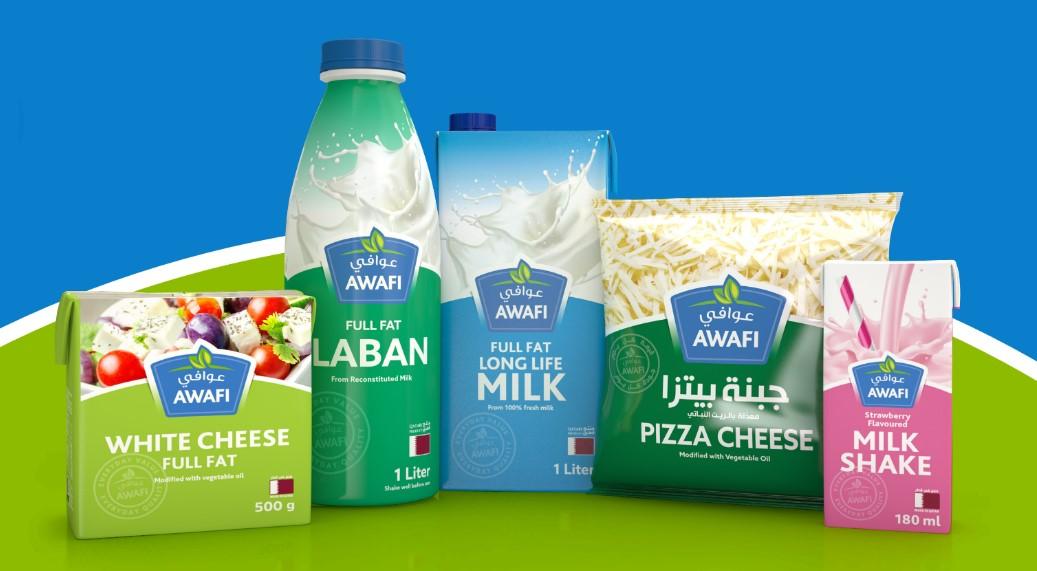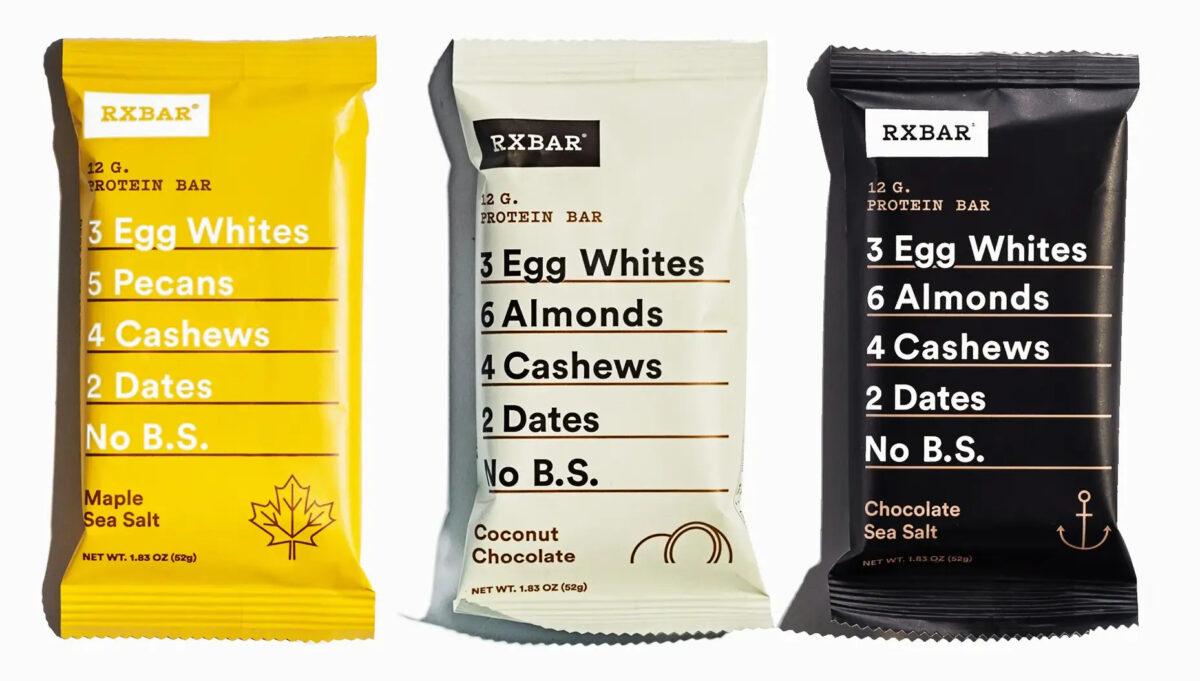Crafting Consumer Choice (Podcast)
In a conversation on the Bringing Business to Retail podcast, John Chan from Berge Farrell APAC delved into the captivating world of packaging and its profound influence on consumer decision-making with host Selena Knight. This discussion illuminated the often overlooked yet critical aspects of packaging that shape consumer perceptions and drive purchase decisions.
The conversation placed a strong emphasis on the pivotal role of brand strategy in shaping packaging decisions. John and Selena highlighted how brand strategy goes beyond mere profit motives, delving into the core elements of brand identity, target audience understanding, and effective messaging. Brand strategy, they emphasised, is about aligning with the brand’s core values, embodying its essence, and forging meaningful connections with its intended audience.
Packaging, as explained, acts as a visual representation of brand identity. It is the canvas that tells the brand’s story, resonates with the target audience, and encapsulates the product’s essence. The importance of customising packaging to match consumer preferences and keep up with current market trends was emphasised. They illustrated this point with examples like customised packaging for specific consumer occasions within the beverage sector. The right packaging, they noted, has the power to narrate a compelling story and directly appeal to the desired consumer segment, be it rugged Harley Davidson enthusiasts or health-conscious fitness enthusiasts.

The discussion then transitioned to explore the strategic advantages that well-crafted packaging brings to both retailers and product creators. John and Selena discussed how packaging acts as a catalyst for sales, particularly in scenarios where the product must stand out on crowded shelves. (To read our blog on the strategic value of packaging design, click here). They explored the structured organisation of information within packaging, highlighting the importance of accentuating key differentiators and benefits that resonate with consumers. For instance, in the realm of protein bars, the prominently displayed protein content addresses a primary consumer need.

A noteworthy aspect that surfaced from the dialogue was the intersection of packaging with pricing strategies. The experts elaborated on how reductions in packaging size, while aimed at meeting price points, should not compromise perceived value. They explored the art of packaging communication, underscoring the importance of conveying value propositions and benefits that appeal to consumers beyond just pricing considerations. For instance, downsizing a chocolate bar while maintaining a specific price point can be effective if the packaging continues to communicate luxury and quality.
The conversation emphasised the substantial impact of packaging on consumer perceptions and buying decisions. It highlighted the need for packaging not only to grab attention amidst a plethora of products but also to effectively communicate essential information and benefits. As consumers navigate through numerous choices, packaging emerges as a silent yet powerful influencer, shaping perceptions, evoking emotions, and ultimately guiding purchasing choices.
The insights shared by John and Selena serve as a powerful reminder of the strategic importance of packaging in the retail landscape. It’s not merely about outward aesthetics; it’s about curating an experience, conveying value, and establishing a lasting rapport with consumers. In a world brimming with options, packaging stands as a beacon of influence, embodying the brand’s ethos and making a compelling argument for the significant role of appearance in influencing consumer choice.
View the full interview here: